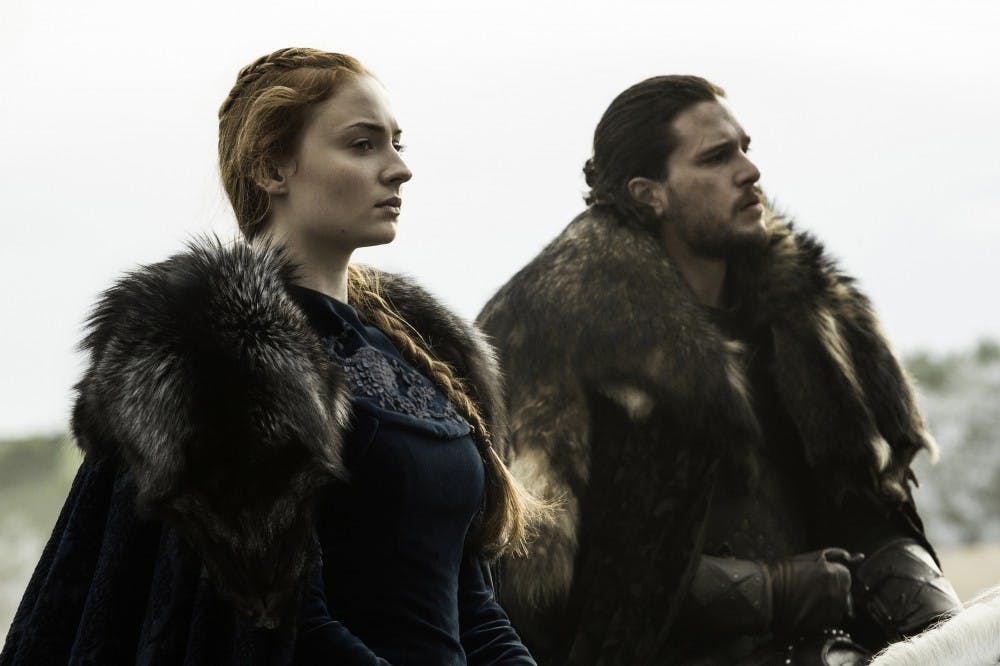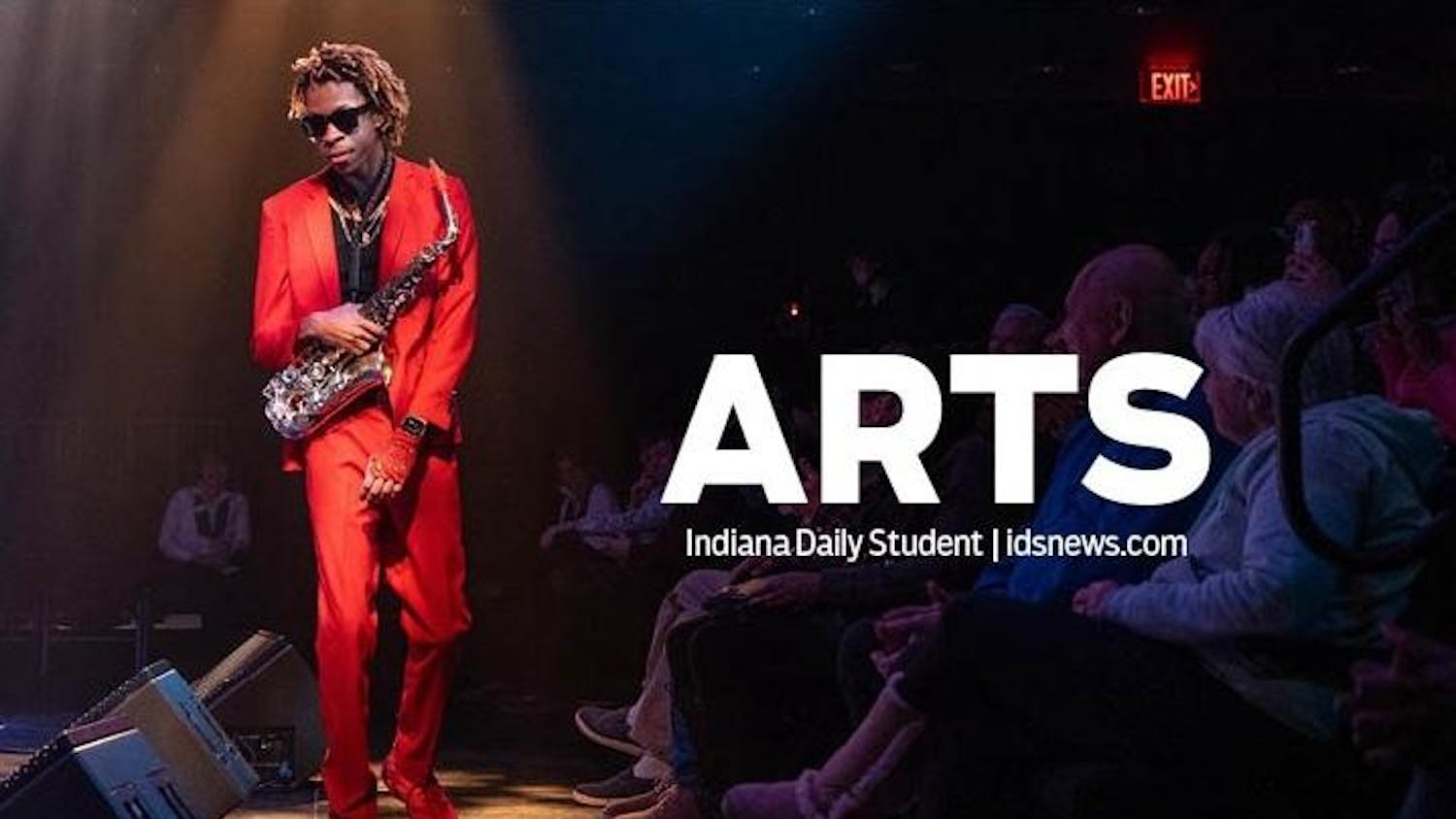"Game of Thrones" is back on HBO, and while it's narrative has caught up with creator George R.R. Martin's "Song of Ice and Fire" novels, it still has roots in the same medieval history and literature that's proved so influential to Martin. Weekend caught up with Professor Rosemarie McGerr, the director of IU's Medieval Studies Institute, to discuss the characteristics of that period's literature.
"Game of Thrones" deals with these huge ideas about who should hold political power and how to govern a nation. How did medieval literature discuss politics?
Medieval literature discussed politics in several ways. Some forms of medieval literature discussed political power and issues related to governing directly.These works discuss things like the education of kings, the importance of good laws for upholding justice and preventing tyranny, and the importance of choosing trustworthy counselors, as well as practical considerations in waging war. These works were primarily theoretical but often included examples of good and bad leaders from past history, classical literature, or the Bible.
Sometimes these history books included information that was more legend than fact, such as Geoffrey of Monmouth’s Latin "History of the Kings of Britain," which includes the first “biography” of King Arthur. This depiction of kingship aimed to impress the Norman nobility who had won rule of Britain by defeating the English in 1066 but did not know much about the British people.
Most later tales about King Arthur focus less on the beginning or end of his kingship, but depict events during his kingship that indirectly examine issues of governance within his realm. Each time a new medieval author produced a tale about King Arthur, the new tale reflected concerns about how kings maintain peace and justice in the time and place the author was working, and that process of revising tales about King Arthur continues to this day.
"Game of Thrones" tells all kinds of stories with its ensemble cast. Is their a quintessential story in medieval literature?
I think there would be much debate about what could be called “the quintessential story in medieval literature”! What we think of as popular story structure now has a lot in common with basic story structure in medieval literature because they both reflect folktale patterns: a young hero — often with a secret past — faces a problem that endangers his future, so he travels in search of a solution and gains knowledge/powers/friends that help him overcome his opponents and win new identity and family or return home with security. Adventure stories in ancient and medieval literature that have supernatural elements have parallels with modern fantasy narratives.
A threat that looms over the characters in "Game of Thrones" is the coming of Winter, at which point all sorts of beasts and, uh, snow zombies will descend upon the kingdom. What role do monsters play in medieval literature? What do monsters symbolically mean in it?
Monsters play several roles in medieval literature and so can have different significances. What is a monster? Something unknown? Something “unnatural” that human beings cannot explain? Something unfriendly in nature? A beast that is stronger than a human being? A person who acts or looks like a beast?
There are also really interesting medieval tales that explore the boundaries between what is human and non-human. For example, in the German poem Parzival by Wolfram von Eschenbach, there is a woman many characters consider monstrous when they first see her because has many beast-like physical characteristics, but she is extremely learned and she serves as a messenger for the community that cares for the Gral (later to become the Grail). When this character comes to King Arthur’s court to reveal that the handsome knight Parzival has failed in his task at the Gral castle, she tells him, “You think me monstrous, but you are more monstrous than I.” The poem also makes clear through another character that what might look like a monstrous external appearance is not as important as a person’s inner qualities.
I would imagine all of the incest and incredible violence in "Game of Thrones" has historical roots. Can you tell me about the role violence and sex played in medieval literature?
Medieval literature has much more explicit scenes of violence than explicit scenes of sex. Descriptions of battles can get quite graphic, which probably does reflect the kinds of injuries that occurred in combat with swords and axes; but torture descriptions are found in narratives about the martyrdoms of male and female Christian saints (flaying, boiling in oil, cutting off parts of bodies), and Christians were not being martyred in Europe when most of these tales were written down, so there is some question about whether the accounts reflect treatment of Christians elsewhere or Christian treatment of their enemies.
Sexual assault and incest are not usually depicted in detail in medieval literature, but there are references to abductions of women, some of which might refer to sexual assault (the word for abduction in Latin is “raptus”). One famous tale of unknowing incest is (in some of the later stories) King Arthur’s affair with his half-sister before he marries Guinevere: in those versions of King Arthur’s life, this affair leads to the birth of Mordred.
This interview was edited for content and clarity.






